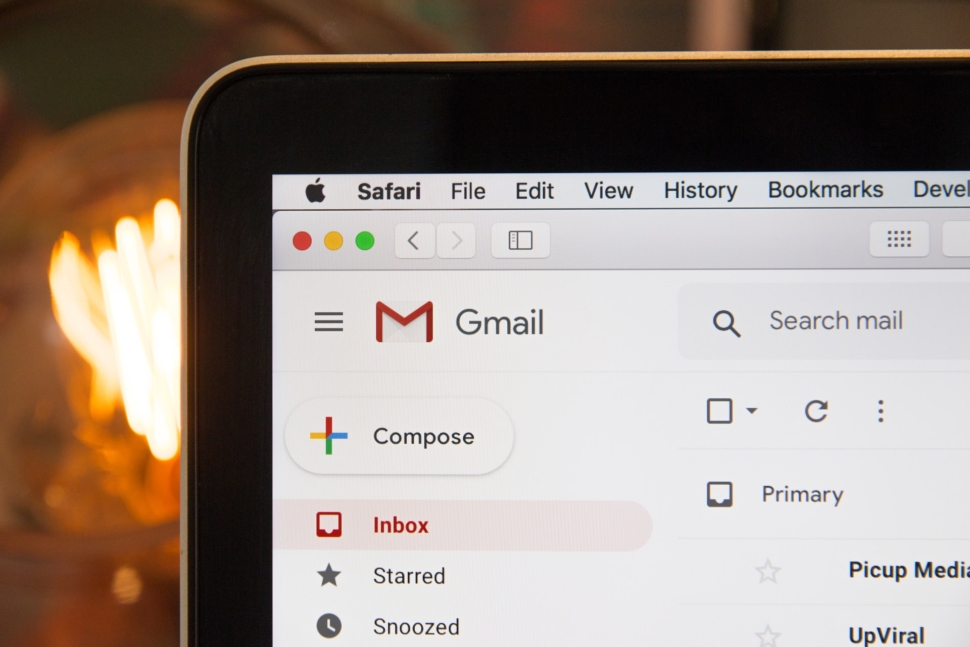Too many business owners neglect the cybersecurity of their organization. Even those that have a security strategy in place end up neglecting email security because it’s seen as unimportant – or because the business decision-makers in charge don’t realize just how vulnerable an email system can be.
Fortunately, email security best practices – like email encryption – are relatively easy to implement. But why is it so important to think about email security and what are the best ways to address it in your organization?

Why Email Security Matters
Email security is important for a few important reasons:
- Number of vulnerabilities. First, we have to consider the sheer number of cybersecurity threats your organization could face related to email. A member of your team could choose a weak password that’s easy for a hacker to guess. Someone else might open an unfamiliar email attachment and accidentally install malware on their machine. Another person may fall for a phishing scheme and voluntarily reveal their admin credentials. There are too many ways your email system can be attacked; you can’t afford to ignore them.
- Ease of access (when unprotected). Email can be incredibly easy to hack when unprotected. A would-be cybercriminal can simply send an email to the intended target, hoping they make a mistake and download a malicious file.
- Size and volume. Email is also a serious problem within organizations because of the size and volume of this system. Chances are, everyone in your organization, from the high-ranking corporate officers to the entry-level employees at the bottom of the ladder, uses email regularly. And they’re all probably sending and receiving hundreds of emails every day.
Important Email Security Tips
So what are the best ways to incorporate better email security within your organization?
- Use email encryption where appropriate. First, adopt email encryption. Encrypted messages are difficult to intercept; if a hacker gets ahold of your messages before they reach their final destination, they’ll appear as a jumbled mess, keeping all your business’s critical information safe.
- Use strong account passwords. One of the most obvious security measures to take with any technology is to use strong account passwords. Your passwords should all include a mix of different characters, including upper-case letters, lower-case letters, numbers, and special symbols. They should also be as long as possible and include no repeating patterns or easy-to-guess elements. All your employees need to choose strong passwords; even one weak spot can bring your entire organization down.
- Turn on two-factor authentication. As an added measure of security, turn on two-factor or multi-factor authentication. This way, your users will be forced to verify their identity in multiple ways before getting access to their account. It only takes a bit of extra time, but it can make it much more challenging for an unauthorized user to access your email accounts.
- Keep work and personal emails separate. Employees are sometimes tempted to use their work email address for personal emails, or their personal email account for work purposes. However, these two functions should never overlap; it’s important to keep these systems separate to avoid mixing security policies.
- Never allow unexpected attachments to be opened. Hackers often attempt to attack organizations through malicious files in email attachments. If you’re not expecting an attachment, don’t open one that comes into your inbox. Only open attachments you’re expecting from people you trust.
- Make use of an intelligent spam filter. Most modern email services have built-in anti-spam measures that make it less likely for spam to work its way into your inbox. However, it also pays to have an intelligent, secondary spam filter within your control to weed out even more potential threats. You can change the settings on this spam filter to suit your needs perfectly.
- Scan all emails for malware. Take a moment to scan all incoming emails for potential malware; flagging messages and removing them early can almost eliminate the possibility of allowing known malware to infiltrate your business.
- Avoid email access over public Wi-Fi. Ensure your employees don’t access their work email over public Wi-Fi networks. All it takes is one security vulnerability and a hacker could “listen in” to your email traffic.
- Train your employees. Finally, spend time training all your employees on the importance of email security, how to recognize common scams, and how to improve their email practices. Your entire organization needs to be ready and willing to invest in email security if you’re going to avoid the majority of threats online. A single weak link could compromise your entire operation.
As you can see, investing in better email security doesn’t have to be expensive, nor does it have to be time-consuming. Even the most rudimentary security measures can dramatically improve your organization’s email defenses.
